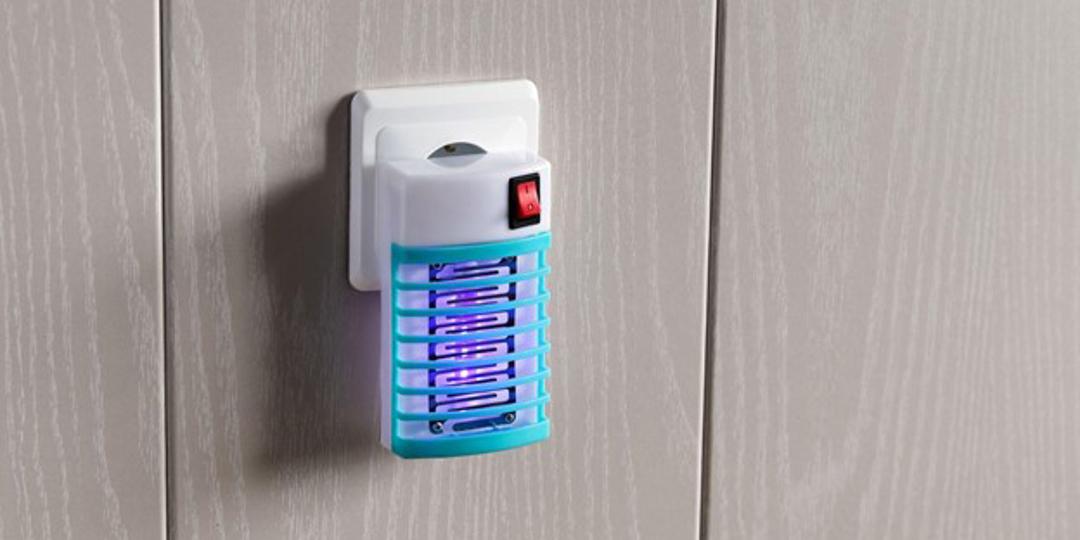Preventing pests from entering homes has long been a problem for us humans throughout time. Much like the ancient Chinese sensory repellent device, the ultrasonic pest repellent on the market today works to deter pests from entering and establishing a territory in homes. Although it worked well enough for the ancient people, the technology today has been challenged by research that disputes its efficacy.
These electronic pest repellers claim to work by emitting high pitched sound frequencies that are discomforting to most insects and pests. Although the sound is usually unnoticeable, some people with sound sensitivities might have the ability to notice the high pitch. The devices claim to work on the following:
- Cockroaches
- Mosquitos
- Bed bugs
- Flies
- Fleas and ticks
- Silverfish
- Birds
- Rats and mice
Although the technology may seem promising, the electronic pest repeller fails to hold up in a practical study. According to research done by the University of Arizona, most studies concluded the sonic pest devices to be ineffective. Researchers claimed in one study that three separate devices marketed for pest control failed to repel ants in the field and lab. In some cases, researchers found the devices actually increased the amount of mosquito bites by 50%. Studies done on rats and mice found beginning supporting results, however unfortunately lost their ability to uphold the hypotheses as they found reliable food sources nearby the device.
The choice to try out an electronic pest repellent device is ultimately up to you. We believed it might be worthwhile to discuss. For other electrical service inquiries, give us a call at (210) 899-2430.















